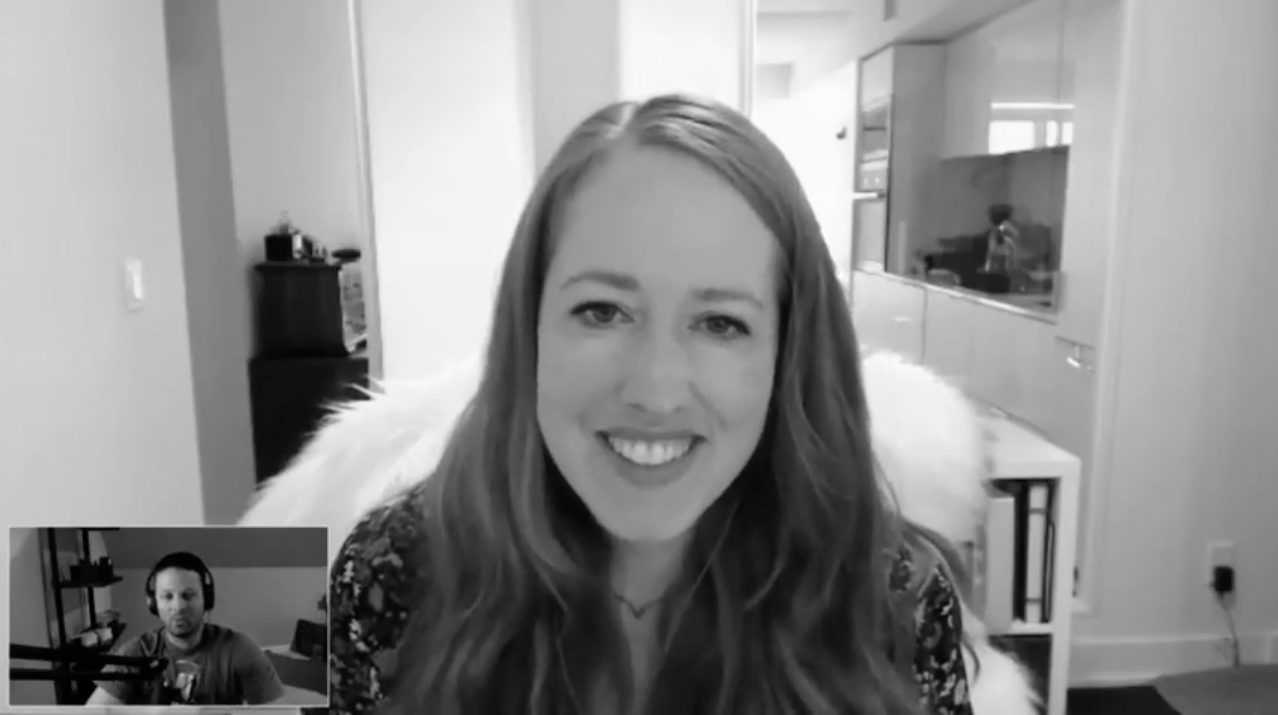#security
Chapters and interviews tagged with ‘#security’
Related Book Chapters & Interviews
 Interview № 21 of 24
Steve McLeod
Interview № 21 of 24
Steve McLeod
Steve McLeod is the founder of Feature Upvote, a SaaS tool to enable your customers to suggest and upvote improvements. In this episode, we talk about and compare his experiences running both a B2C app and B2B app and the value of having a part-time system administrator on retainer.
Backups aren’t a big deal until you need them. Unfortunately, by the time you need them, you may not have them. Whatever you do, don’t skip out on backups. Set them up and ensure they’re tested regularly so your business doesn’t become another example of what not to do.
It’s unfortunate, but not everyone on the internet means well. If you put a payment form online or give people a way to post public content, you’ll eventually get a visit from a spammer or scammer. You must address it, but don’t let it get to you.
You’re going to be overwhelmed with new work to do, but ignoring maintenance will take you to a bad place. Security updates, bug fixes, and recurring support requests will drown you in wasted time if you let them slide for too long.
You can’t keep an eye on all of the moving parts of your application. At some point, something’s going to fail, and when it does it needs to fail loudly and provide information to fix it. This is where monitoring comes into play to ensure minimal impact when things do go wrong.
Security is an ongoing and ever-changing challenge. There are experts who dedicate their lives to security, so how can you possibly keep your app secure? Use tools and automation as your first line of defense, and enlist experts once you can afford them.
 Interview № 17 of 24
Rachel Andrew
Interview № 17 of 24
Rachel Andrew
Rachel and I talk about what it’s like supporting self-hosted software, juggling a busy travel schedule to make time for work. She’s been working on Perch with her husband Drew for eight years, and they’re still going strong.
 Interview № 16 of 24
Tracy Osborn
Interview № 16 of 24
Tracy Osborn
Tracy and I talk about her experience building and running Wedding Lovely, raising some funding for it, losing a co-founder, and even going through a heart-breaking acquisition process with Etsy. Through it all, she’s kept going and even published books to help others build their own web applications. She’s a brilliant example of someone that simply won’t give up, and while there’s no IPO looming, she’s making a great living doing what she loves with a small team.
 Interview № 6 of 24
JD Graffam
Interview № 6 of 24
JD Graffam
JD and I talk about buying and selling SaaS applications and share some details from the process of selling and transferring Sifter. JD shares what it’s like juggling multiple businesses and how he makes it work, and he dives into the attributes and insights he uses to decide whether a SaaS application is a good opportunity or not and how he does business a bit differently. This is an episode that’s near and dear because I feel like it shares some of the less-often seen aspects of transactions like selling businesses. I really hope you enjoy it.
 Interview № 5 of 24
Tyler Rooney
Interview № 5 of 24
Tyler Rooney
Format had seven people on the payroll before Tyler even got paid. We talk about bootstrapping in Canada, the amazing story of how they acquired the Format.com domain name, and what it’s like transitioning from a survival mentality to a growth mentality as a business grows.
 Interview № 2 of 24
Anthony Eden
Interview № 2 of 24
Anthony Eden
Anthony built dnsimple on the side and didn’t come on board full-time until after there were two other full-time employees. We discussed some of the advantages and disadvantages of running a complex infrastructure product, marketing a complicated business with comics, and fighting domain fraud through it all.
 Be Fully-prepared to Launch Your Own SaaS Application
Be Fully-prepared to Launch Your Own SaaS Application
Get a free playbook, worksheet, and short email course to help you navigate the journey so you can be ready to build your own SaaS application.